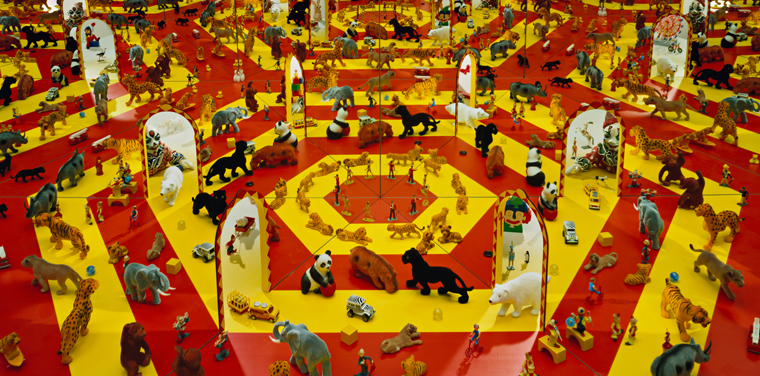Summary:
Verborgen is an educational game intended for all ages. It is set in a fantasy world with different maps where the user is given a list of objects to find. The objective is to help toddlers match objects with their correct terms and essentially build their vocabulary and recognition abilities in real life. Verborgen has many different fields such as the forest, desert, and an urban city. They hope to expand the mind of the individual through a fun game.
Inspiration:
The inspiration for this project was the I SPY series books of my childhood. My teacher in elementary school would bring the class to the library and everyone would gather around the I SPY books to find the objectives together. It was fun and never boring because there were many different books all in different settings. Thinking back on it now, Walter Wick’s works were amazing. While it is a children’s book, it even appears as a photo book as I look back at it now. He built layouts, cityscapes, landscapes, but they were never too literal and had a whimsical charm to them. He also often handmade his props. My objective for this project is the same as Jean Marzollo, the children’s book writer who first approached Wick with the I SPY idea. I want my game to be educational and accessible to all ages. In addition to the visuals, Marzollo made the books fun with her touch of riddles.



Research:
For reference, I used Ray Wenderlich to introduce me to Unity’s interface. I also read the notes and manuals that came with the assets I downloaded.
Process:
Unity reminded me of Android Studio in that you can simply drag-and-drop some elements.
I had experienced some problems trying to set up the terrain. When I created a new object using Create > 3D Object > Terrain, I wasn’t able to apply the dirt material to it. I decided to just use the premade environment and I could add or delete elements of it that I didn’t want. After that, I went to the asset store and found random objects to place into the playing field. I had difficulties using some assets that came with animations.
I also had problems trying to push changes to Github. I set up a new repository through Unity, but not all of the files went through and when I did make changes, it could not detect it and thus I could not push anything.
Visual Documentation:



